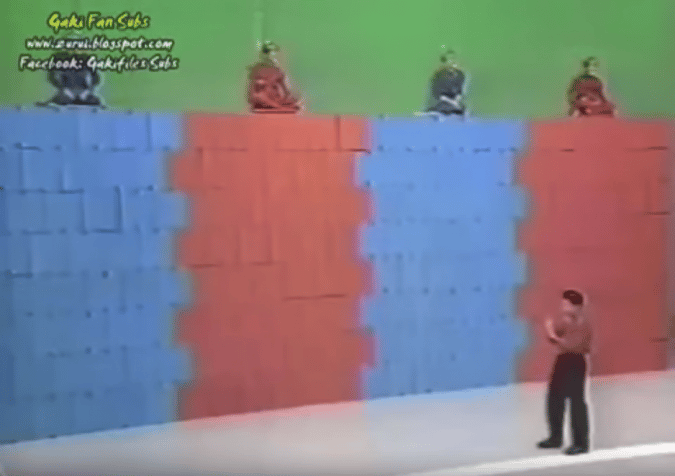
Their chats are commonly accompanied with short documentaries and dramatizations, in which the viewer can watch each celebrity’s emotional reaction through a “picture in picture” square at the side of the screen. These celebrities chat and share anecdotes about various topics like emotional stories about family reconciliation, first loves, travel, and the most popular topic, we think you already know the answer: Food!.
SPIKE TV JAPANESE GAME SHOW TV
Talking about one’s favorite TV personalities is a real ice-breaker in Japan. In Japanese variety shows, mostly a rotating cast of TV personalities and celebrities take part in discussions about real topics of the day. One of the most popular variety show in Japan includes Downtown no Gaki no Tsukai ya Arahende!! (ダウンタウンのガキの使いやあらへんで!! Dauntaun no Gaki no Tsukai ya Arahende!!, lit. Some Japanese variety shows achieved worldwide attention for their wild stunts.

They vary from talk shows, music shows, news shows to skit comedy. Japanese variety shows (バラエティ番組 / baraeti bangumi) are the other main part. Depending on the region, the channels can be on 1, 3, 4, 5, 7, 8, 10, and 12, or 1, 2, 4, 6, 8 and 10. If you think it’s because of 12 TV channels, you are wrong, because not every spot is reserved. While the majority of mankind is familiar with the decimal system, you can find 12 buttons with numbers on Japanese remotes. Television is no exception and they are quite consequent with it. It is well known that Japan is doing its own thing in several areas. The largest cable television provider are J:COM and Japan Cablenet, who compete with the Japanese satellite television platforms SKY PerfecTV! and WOWOW. In Japan, there are seven nationwide networks for terrestrial television, while two of them are owned by the national public broadcaster NHK, and five are private networks. People may (and many do) throw away the bills without any consequence. In any case, there is no authority that impose sanctions if there is no payment. The fee reaches from ¥14,910 to ¥28,080 depending on the method and timing of payment and on whether you receive only terrestrial television or also satellite broadcasts. Japan was a pioneer for HDTV and developed the first HDTV systems in the 1960s! 99.5% of Japanese households having at least one television set and have to pay an annual subscription fee to fund NHK, the Japanese public service broadcaster. Broadcasting started in the 1930s, but stopped due to World War II, that’s why regular television broadcasting began in 1950. The history of Japanese television began in the 1920s, with Kenjiro Takayanagi's pioneering experiments in electronic television.


 0 kommentar(er)
0 kommentar(er)
